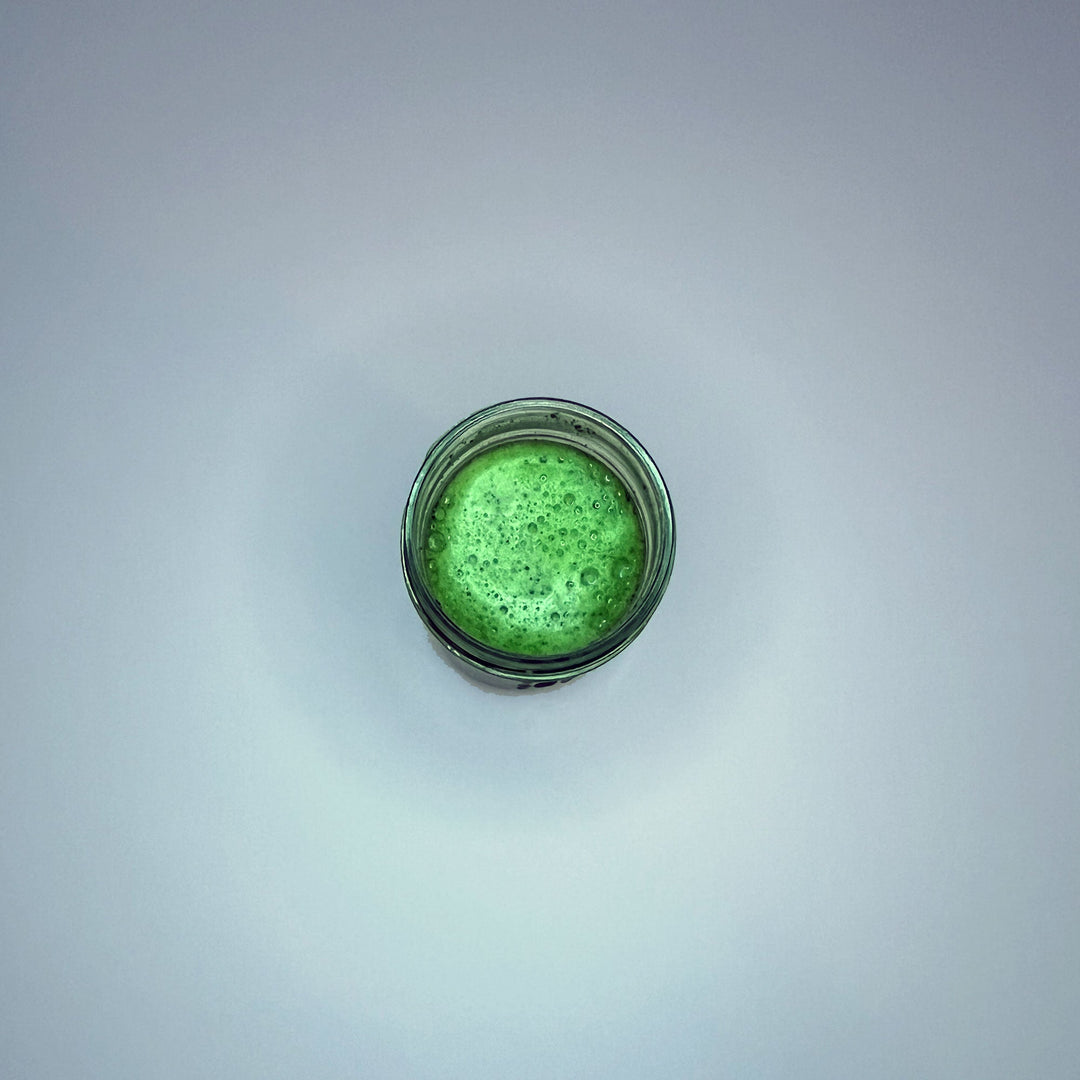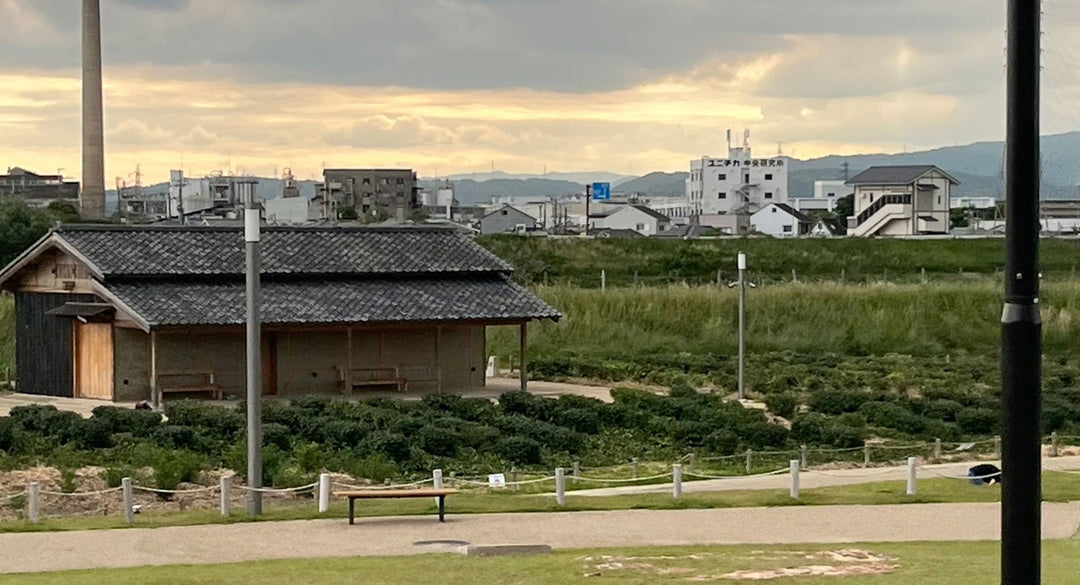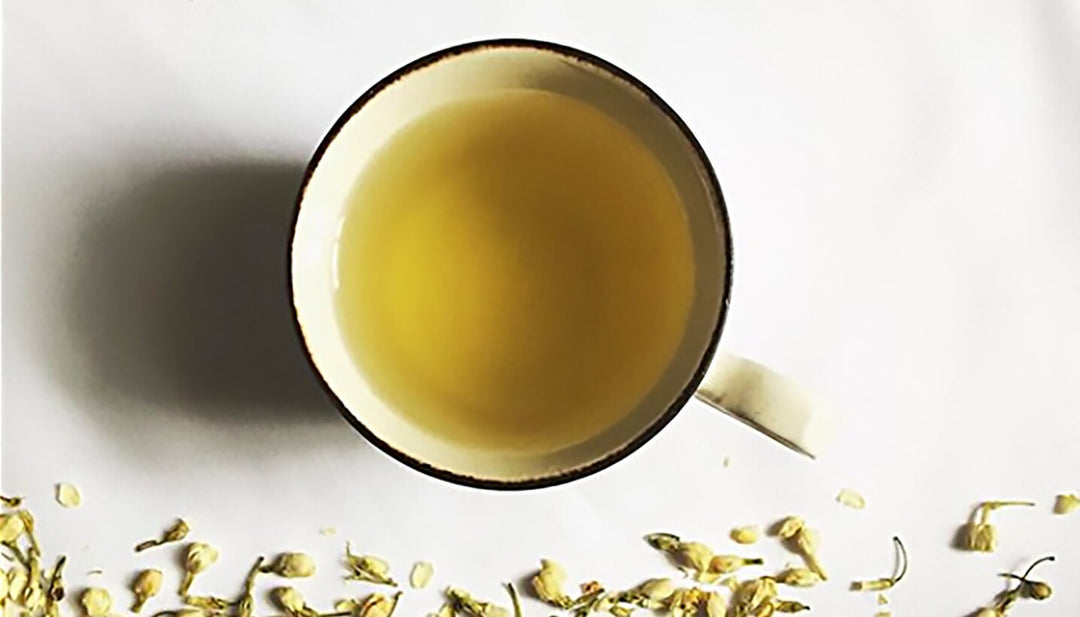How to Compost Tea
DON'T THROW OUT THOSE TEA LEAVES!
Are you wondering what else you can do with your spent tea leaves? One of the best things about loose leaf tea (besides how delicious it is of course) is that it is of the earth and easily returns to earth.
With loose leaf tea, there’s no need to fuss with emptying out tea bags, removing staples and strings. Just take your tea leaves however you steeped them (teapot, infuser, etc) and dump them straight into your compost.
CAN YOU USE TEA AS FERTILIZER?
While spend coffee grounds are sprinkled around the base of nitrogen loving plants like roses, we do not recommend putting old tea leaves directly in the ground around your plants. There's a few reasons. For one, tea is often flavored and will have traces of essential oils or other extracts in the spent leaves. The bigger reason though, is that tea leaves, are well, bigger, than say coffee grounds. They will take longer to decompose and may attract unwanted side effects like mold or pests while doing so.
we reommend composting your tea and then using that compost as a fertilizer.
HOW TO COMPOST OLD TEA
Spent tea is a GREAT addition to any compost pile. it adds good green matter to your pile as well as moisture. If you have very, very old tea in your cupboard, you can also dump it directly into your compost.Just make sure to remove anything that is not biodegradable when you do so (staples, non-paper based tea bags, etc.)
If you are just getting started with composting and need some tips, keep on reading.
Composting your tea is a great way to start if you are want to wade into composting slowly. Add your old tea leaves and any other kitchen scraps you’d like to a pile of brown matter.
You can pile it into a corner of your yard, use a three-compartment bin system, or get a large bin at least 3′ wide and drill drainage holes into the bottom. If you are worried about pets or wild animals getting into it, we do recommend using something enclosed and/or with a lid. However, if you are ONLY composting greens, like vegetable scraps, tea leaves and yard waste, you probably don't need to worry about critters. If you are adding other compostable items like leftovers, egg shells, dairy, etc., then it's going to attract more wildlife attention.
COMPOSTING BASICS
BROWNS AND GREENS
Browns are dead matter that make a nice bedding for worms. Browns are often literally brown or grey: old leaves, pine needles, straw, shredded unbleached paper, cardboard, newspaper printed with soy based ink, etc).
Greens are the ripe matter that needs to be broken down. Greens take longer to break down and contribute to the more, uh, exotic aromas that can come from a compost pile. Greens include food waste from your kitchen, like fruits, vegetables, and proteins; as well as any other recently alive plant matter, like yard trimmings, tea leaves, coffee grounds, etc. You can add proteins to your compost like eggs, dairy, and even cooked meat (NEVER add raw meat, or you run the risk of nurturing a a pile of e. coli). They will help your pile heat up, but also require more heat to break down, and take longer to biodegrade than plant matter.
Greens to browns ratio: To keep your compost pile going, you always want more brown matter than green matter, in a ratio of roughly 70% to 30%. The number does not need to be exact, but brown leaves help heat up the compost and break down the greens faster.
COMPOSTING TIPS:
Keep the compost moist: if it looks too dry and/or has more bugs than worms, add some water. IF it looks waterlogged though, with water pooling and a liquidy consistency, that's a sign of too much water. Just add a bit more browns.
Turn it with a shovel or pitchfork, every few days or whenever you add more green stuff to the mix.
IF YOU’RE A COMPOST NOVICE…
If you’re new to composting, know that there is no wrong way to do it! Most people strive for aerobic composting, where the pile heats up and breaks down faster, but anaerobic composting works as well–it is just smellier. There may be a variety of critters, from the expected (worms) to the exotic (black soldier fly larvae) that visit your pile; just know that it is nature doing its work. If you are creeped out by insects, keeping your pile moist and turning it often should keep tiny visitors to a minimum.
REAP THE REWARDS: BLACK GOLD
Once your compost pile is full, you can start another one and let the first one decompose. It may take 6 months to a year for your compost pile to mature, but when it is ready it is pretty magnificent. You reward is a rich black soil, aka black gold, that can be used as a natural fertilizer on your plants and around the garden.
COMMERCIALLY COMPOSTABLE VS. BACKYARD COMPOSTABLE
Compostable items are becoming more mainstream, which is great. When packaging or containers say they are commercially or industrially compostable though, that means they are not suitable for backyard composting. They are intended for large-scale composting systems such as municipal or commercially private run programs like CompostNow.
At Thistle & Sprig Tea Co., we try to be as eco-friendly as possible, so all of the liners in our tea tins are actually backyard compostable. They look like plastic but are made of plant cellulose and break down quickly. So throw those liners in the compost when you’re done with them!





